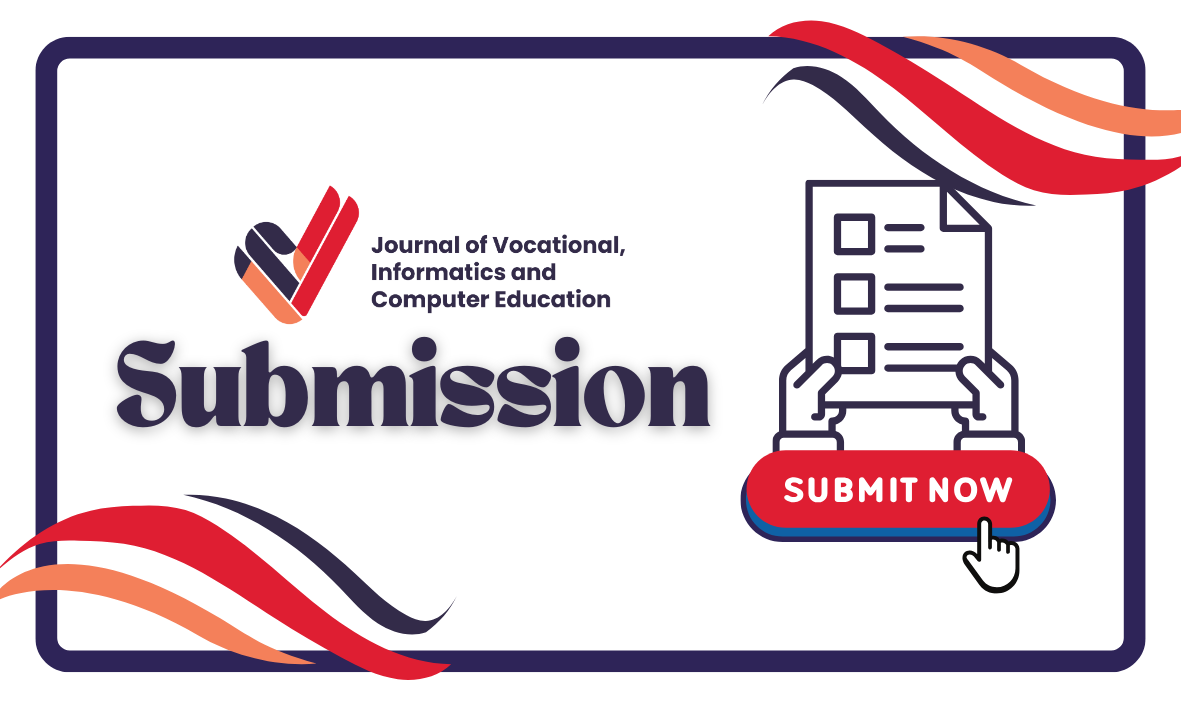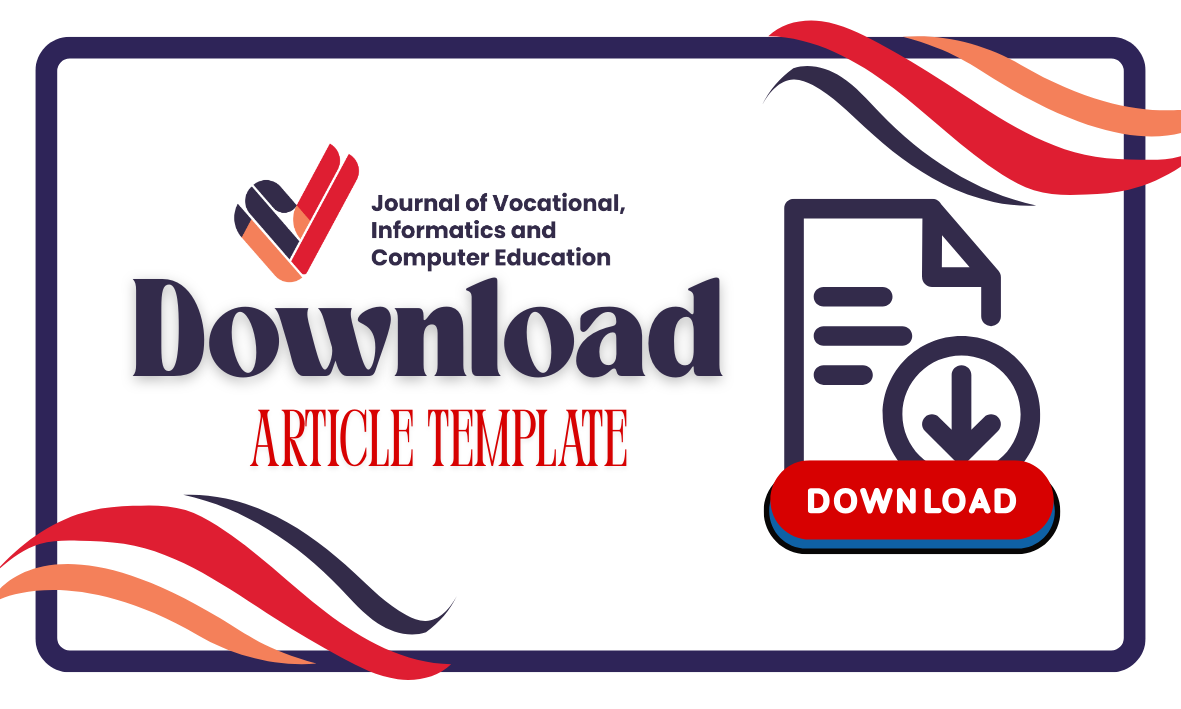Analisis Tingkat Literasi Penggunaan Internet of Things Mahasiswa
DOI:
https://doi.org/10.61220/voice.v1i2.20242Keywords:
Internet of Things, TeknologiAbstract
Masalah utama yang dihadapi oleh masyarakat Indonesia, khususnya mahasiswa, adalah minimnya pengetahuan dan penggunaan teknologi Internet of Things (IoT), yang menyebabkan keterlambatan dalam mengikuti perkembangan teknologi jika dibandingkan dengan negara-negara maju. Penelitian ini bertujuan untuk mengukur tingkat pengetahuan dan penggunaan IoT oleh mahasiswa di kota Makassar. Metode yang digunakan dalam penelitian ini adalah pendekatan kuantitatif dengan menyebarkan angket kepada responden dari berbagai universitas di kota Makassar dengan teknik analisis data deskriptif. Hasil penelitian menunjukkan bahwa mayoritas mahasiswa memiliki pemahaman dasar tentang konsep IoT, namun penggunaan IoT dalam kehidupan sehari-hari mereka masih terbatas. Selain itu, mayoritas mahasiswa berharap kampus mereka menawarkan lebih banyak pelatihan dan kursus mengenai IoT. Kesimpulannya, peningkatan pengetahuan dan keterampilan praktis mengenai IoT di kalangan mahasiswa sangat diperlukan untuk mempersiapkan mereka menghadapi tantangan teknologi di masa depan.
Downloads
References
[1] S. Megawati, “Pengembangan Sistem Teknologi Internet of Things Yang Perlu Dikembangkan Negara Indonesia,” Journal of Information Engineering and Educational Technology, vol. 5, no. 1, pp. 19–26, Jun. 2021, doi: 10.26740/jieet.v5n1.p19-26.
[2] R. Nofrialdi, E. Bimas Saputra, and F. Saputra, “Pengaruh Internet of Things: Analisis Efektivitas Kerja, Perilaku Individu dan Supply Chain,” Jurnal Manajemen dan Pemasaran Digital, vol. 1, no. 1, pp. 1–13, Jan. 2023, doi: 10.38035/jmpd.v1i1.17.
[3] F. Nahdi and H. Dhika, “Analisis Dampak Internet of Things (IoT) Pada Perkembangan Teknologi di Masa Yang Akan Datang,” INTEGER: Journal of Information Technology, vol. 6, no. 1, Jun. 2021, doi: 10.31284/j.integer.2021.v6i1.1423.
[4] S. Zeadally, F. Siddiqui, Z. Baig, and A. Ibrahim, “Smart healthcare: Challenges and potential solutions using internet of things (IoT) and big data analytics,” PSU Research Review, vol. 4, no. 2, pp. 149–168, Sep. 2020, doi: 10.1108/PRR-08-2019-0027.
[5] L. Rosyidi and M. S. Romadhon, “Seminar dan Workshop Internet of Things guna merealisasikan Pembelajaran Industri 4.0 di Sekolah dan Masyarakat,” Dedikasi Sains dan Teknologi, vol. 1, no. 1, pp. 24–30, May 2021, doi: 10.47709/dst.v1i1.957.
[6] P. P. Ray, “A survey on Internet of Things architectures,” Journal of King Saud University - Computer and Information Sciences, vol. 30, no. 3. King Saud bin Abdulaziz University, pp. 291–319, Jul. 01, 2018. doi: 10.1016/j.jksuci.2016.10.003.
[7] S. Kumar, P. Tiwari, and M. Zymbler, “Internet of Things is a revolutionary approach for future technology enhancement: a review,” J Big Data, vol. 6, no. 1, Dec. 2019, doi: 10.1186/s40537-019-0268-2.
[8] J. H. Nord, A. Koohang, and J. Paliszkiewicz, “The Internet of Things: Review and theoretical framework,” Expert Systems with Applications, vol. 133. Elsevier Ltd, pp. 97–108, Nov. 01, 2019. doi: 10.1016/j.eswa.2019.05.014.
[9] M. Serror, S. Hack, M. Henze, M. Schuba, and K. Wehrle, “Challenges and Opportunities in Securing the Industrial Internet of Things,” IEEE Trans Industr Inform, vol. 17, no. 5, pp. 2985–2996, May 2021, doi: 10.1109/TII.2020.3023507.
[10] A. Mude and L. B. F. Mando, “Implementasi Keamanan Rumah Cerdas Menggunakan Internet of Things dan Biometric Sistem,” MATRIK : Jurnal Manajemen, Teknik Informatika dan Rekayasa Komputer, vol. 21, no. 1, pp. 179–188, Nov. 2021, doi: 10.30812/matrik.v21i1.1381.
[11] A. Villa-Henriksen, G. T. C. Edwards, L. A. Pesonen, O. Green, and C. A. G. Sørensen, “Internet of Things in arable farming: Implementation, applications, challenges and potential,” Biosystems Engineering, vol. 191. Academic Press, pp. 60–84, Mar. 01, 2020. doi: 10.1016/j.biosystemseng.2019.12.013.
[12] M. Serror, S. Hack, M. Henze, M. Schuba, and K. Wehrle, “Challenges and Opportunities in Securing the Industrial Internet of Things,” IEEE Trans Industr Inform, vol. 17, no. 5, pp. 2985–2996, May 2021, doi: 10.1109/TII.2020.3023507.
[13] I. H. Sarker, A. I. Khan, Y. B. Abushark, and F. Alsolami, “Internet of Things (IoT) Security Intelligence: A Comprehensive Overview, Machine Learning Solutions and Research Directions,” 2022, doi: 10.20944/preprints202203.0087.v1.
[14] O. Reni, D. Rusnawati, R. Tutik, and S. Hariyati, “IMPLEMENTASI INTERNET OF THINGS PADA LAYANAN KESEHATAN (LITERATURE REVIEW),” no. 8, 2022.
[15] F. Baso, A. Novia Ramadani, and N. Aisyah Mukhtar, “Pengaruh Metode Blended Learning Terhadap Keefektivitasan Hasil Belajar Mahasiswa Universitas Negeri Makassar,” vol. 6, no. 2, 2023.
[16] C. Lei, C. Yau, K. Lui, V. Tam, A. Yuen, and E. Lam, "Designing instructional videos and classwork activities: teaching internet of things via flipped classroom," Int. J. Mobile Learn. Organ., vol. 13, pp. 392, Jan. 2019, doi: 10.1504/IJMLO.2019.102611.
[17] H. Wang, Y. Wang, and J. Jin, “Application of multimodality perception scene construction based on Internet of Things (IoT) technology in art teaching,” PeerJ Comput. Sci., vol. 10, p. e2047, May 2024, doi: 10.7717/peerj-cs.2047.
[18] K. Aratthanage, P. Dabare, B. Wickramasinghe, W. Fernando, H. Senanayake, and N. Siyad, "Enhancing student engagement in Sri Lankan higher education through IoT: UTAUT model," in Proc. 2025 5th Int. Conf. Adv. Res. Comput. (ICARC), 2025, pp. 1-6, doi: 10.1109/ICARC64760.2025.10963153.
[19] M. Haque, S. Ahmad, M. Hossain, K. Kumar, M. Faizanuddin, F. Islam, S. Haque, M. Rahman, S. Marisennayya, and J. Nazeer, "Internet of things enabled E-learning system for academic achievement among university students," E-Learning Digit. Media, 2024, doi: 10.1177/20427530241280078.
[20] M. Ţălu, "Exploring IoT applications for transforming university education: Smart classrooms, student engagement, and innovations in teacher and student-focused technologies," Buletin Ilmiah Sarjana Teknik Elektro, vol. 7, no. 1, 2025, doi: 10.12928/biste.v7i1.12361.
[21] J. Uziak, E. Lorencowicz, M. Koszel, and S. Kocira, "The information technology use and skills by undergraduate students: Case study," Educ. Technol. Inst., vol. 26, pp. 163-168, 2018, doi: 10.15584/ETI.2018.4.22.
[22] H. Borowiak, "Teachers' perception of student technology use," 2020, doi: 10.30707/ETD2020.20210309065832402169.98.
[23] Y. Guo and M. Li, "IoT course construction in general education against the background of China's university-industry collaboration," in Proc. 2022 4th Int. Conf. Comput. Sci. Technol. Educ. (CSTE), 2022, pp. 128-132, doi: 10.1109/CSTE55932.2022.00030.
[24] M. Lichtenecker, M. Marchesan, A. Sachete, and F. Rossi, "Reference curriculum for IoT applied to anything: A proposal," Literacy Inf. Comput. Educ. J., vol. 11, no. 1, 2020, doi: 10.20533/licej.2040.2589.2020.0447.
[25] S. Gumina, K. Patten, and J. Gerdes, "The evolution of IoT education within an IT curriculum," Educ. Inf. Technol., vol. 29, pp. 6723-6752, 2023, doi: 10.1007/s10639-023-12088-7.
Downloads
Published
Issue
Section
License
Copyright (c) 2023 Indah Wati, Budi Mardikawati, Loso Judijanto, Fadlullah, Fiqrul Mustanir (Author)

This work is licensed under a Creative Commons Attribution-ShareAlike 4.0 International License.





















 Email : voice@lontaradigitech.com
Email : voice@lontaradigitech.com
